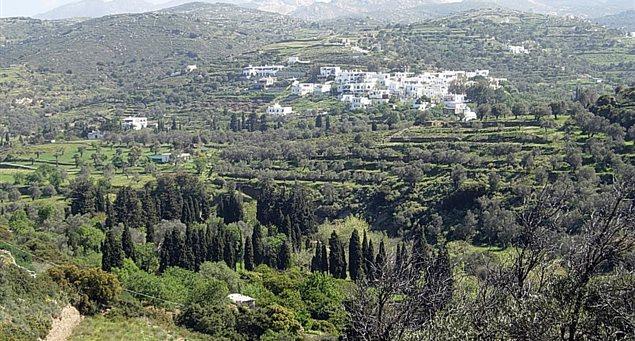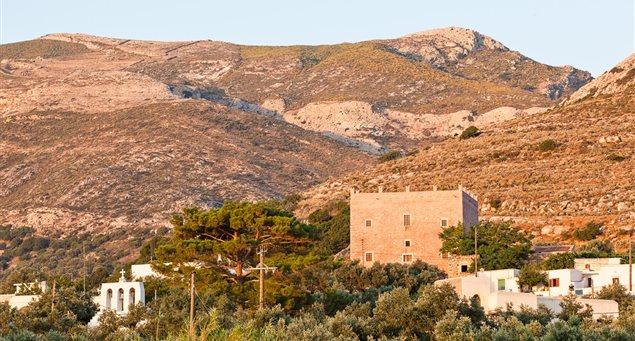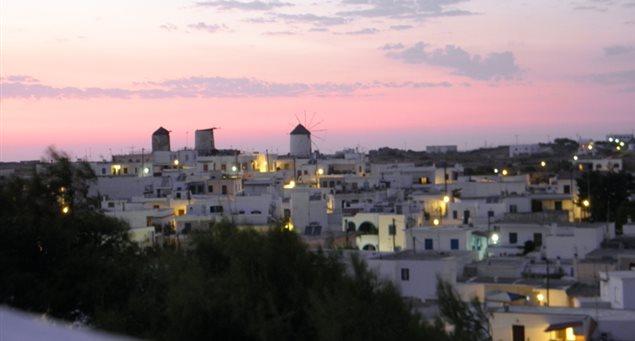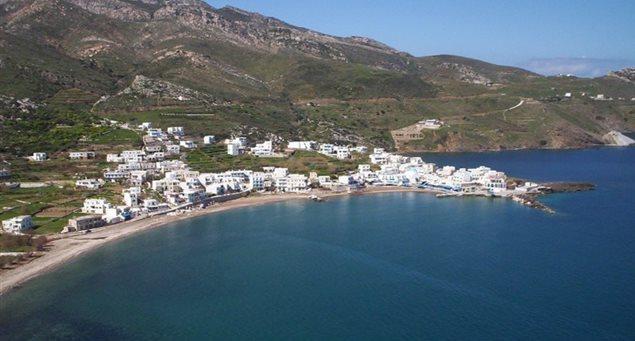
The village of Potamia is a traditional village set in the heart of a wonderfully lush and cool valley, replete with monuments of Naxos’ history and its economic and cultural past since the Middle Ages –water mills, chapels and ruined towers.
The village derives its name from the streams crossing the area (potami= river), which realized its heyday during the period of Frankish rule, when it was a popular country resort for the Venetian nobility.
The village, located in the center of the island, comprises four neighborhoods — Ano Potamia, Messi Potamia, Lierado and Kato Potamia — which retain their traditional color in the midst of an idyllic environment with abundant waters, age-old plane trees and lush gardens.
Each neighborhood hosts the ruins of one or two olive mills, evidence of the robust productive potential of the valley which still yields excellent wine, honey, herbs and many fruit varieties.
A standout feature in Ano Potamia is the square with the old water font, next to the chapel of Agios Ioannis Theologos (1799), while one of the 14 old watermills situated on the outskirts of the settlement has been restored and can be visited.
The unfinished archaic stone statue of Kore –a mythical female figure- is seen in the upper part of the village (Upper Potamia), on the way to Chalki.
A male counterpart is found some distance away, on the way to the village of Melanes.
In the Lierado neighborhood, amidst olive and plane trees, is the most impressive sight in the area, the three-storey, 17th century tower house of the Kokkos family. A watermill is in the basement and interesting inscriptions can be seen on the lintels above the entrances.
According to legend, the tower was part of the setting of a Romeo-and-Juliet like love affair that involved members of the rival Kokkos and Barozzi families.
The impressive ruins of Potamia Castle (Apano Kastro), a small fort built by the Venetian Duke of NaxosMarco Sanudo in the 13th century to thwart pirate invasions, are seen on a hilltop on the way to the region of Drymalia.
The most important of the 37 churches in the Potamia area is Agios Mamas, a Byzantine 10th century basilica at Mitropoulos position, on the way to Filoti. The area is a walker’s paradise, with many trails, traditional stone bridges, ponds with ducks and waterfalls in the winter months.
The main source of income for the approximately 350 permanent residents of Potamia today is farming. The village of Potamia is well-reputed for its sweet preserves, excellent cheeses and wine. The taverna in Ano Potamia is well-known for its setting and appetizing tidbits.
| Directions for access | Potamia is about 9 km from Chora by road, via Galanado, and on the way to Chalki. |




